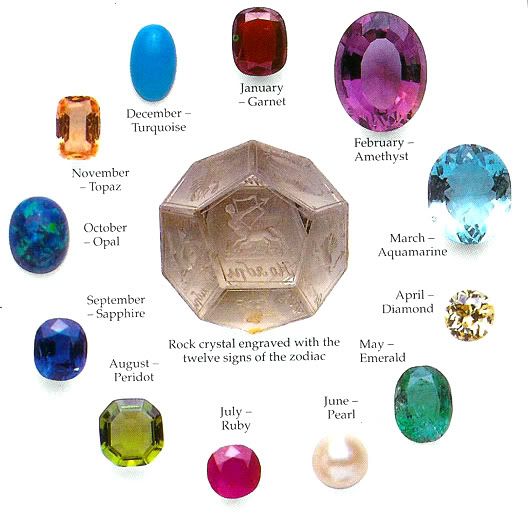Solar System
The Solar System comprises the Sun and the objects that orbit it, whether they orbit it directly or by orbiting other objects that orbit it directly. Of those objects that orbit the Sun directly, the largest eight are the planets that form the planetary system around it, while the remainder are significantly smaller objects, such as dwarf planets and small Solar System bodies (SSSBs) such as comets andasteroids.
The Solar System formed 4.6 billion years ago from the gravitational collapse of a giant molecular cloud. The vast majority of the system's mass is in the Sun, with most of the remaining mass contained in Jupiter. The four smaller inner planets, Mercury, Venus, Earth and Mars, also called theterrestrial planets, are primarily composed of rock and metal. The four outer planets, called the gas giants, are substantially more massive than the terrestrials. The two largest, Jupiter and Saturn, are composed mainly of hydrogen and helium; the two outermost planets, Uranus and Neptune, are composed largely of substances with relatively high melting points (compared with hydrogen and helium), called ices, such as water, ammonia and methane, and are often referred to separately as "ice giants". All planets have almost circular orbits that lie within a nearly flat disc called the ecliptic plane.
The Solar System also contains regions populated by smaller objects. The asteroid belt, which lies between Mars and Jupiter, mostly contains objects composed, like the terrestrial planets, of rock and metal. Beyond Neptune's orbit lie the Kuiper belt and scattered disc, linked populations of trans-Neptunian objects composed mostly of ices. Within these populations are several dozen to more than ten thousand objects that may be large enough to have been rounded by their own gravity Such objects are referred to as dwarf planets. Identified dwarf planets include the asteroid Ceres and the trans-Neptunian objects Pluto and Eris. In addition to these two regions, various other small-body populations, including comets, centaurs and interplanetary dust, freely travel between regions. Six of the planets, at least three of the dwarf planets, and many of the smaller bodies are orbited by natural satellites, usually termed "moons" after Earth's Moon. Each of the outer planets is encircled byplanetary rings of dust and other small objects.
The solar wind, a flow of plasma from the Sun, creates a bubble in the interstellar medium known as the heliosphere, which extends out to the edge of the scattered disc. The Oort cloud, which is believed to be the source for long-period comets, may also exist at a distance roughly a thousand times further than the heliosphere. The heliopause is the point at which pressure from the solar wind is equal to the opposing pressure of interstellar wind. The Solar System is located in the Orion Arm, 26,000 light years from the center of the Milky Way.
Structure and composition
The principal component of the Solar System is the Sun, a G2 main-sequence star that contains 99.86% of the system's known mass and dominates it gravitationally.The Sun's four largest orbiting bodies, the gas giants, account for 99% of the remaining mass, with Jupiter and Saturn together comprising more than 90%.
Most large objects in orbit around the Sun lie near the plane of Earth's orbit, known as the ecliptic. The planets are very close to the ecliptic, whereas comets and Kuiper belt objects are frequently at significantly greater angles to it. All the planets and most other objects orbit the Sun in the same direction that the Sun is rotating (counter-clockwise, as viewed from a long way above Earth's north pole). There are exceptions, such as Halley's Comet.
The overall structure of the charted regions of the Solar System consists of the Sun, four relatively small inner planets surrounded by a belt of rocky asteroids, and four gas giants surrounded by the Kuiper belt of icy objects. Astronomers sometimes informally divide this structure into separate regions. The inner Solar System includes the four terrestrial planets and the asteroid belt. The outer Solar System is beyond the asteroids, including the four gas giants. Since the discovery of the Kuiper belt, the outermost parts of the Solar System are considered a distinct region consisting of the objects beyond Neptune.
Most of the planets in the Solar System possess secondary systems of their own, being orbited by planetary objects called natural satellites, or moons (two of which are larger than the planet Mercury), and, in the case of the four gas giants, by planetary rings, thin bands of tiny particles that orbit them in unison. Most of the largest natural satellites are in synchronous rotation, with one face permanently turned toward their parent.
Kepler's laws of planetary motion describe the orbits of objects about the Sun. Following Kepler's laws, each object travels along an ellipse with the Sun at one focus. Objects closer to the Sun (with smaller semi-major axes) travel more quickly because they are more affected by the Sun's gravity. On an elliptical orbit, a body's distance from the Sun varies over the course of its year. A body's closest approach to the Sun is called its perihelion, whereas its most distant point from the Sun is called itsaphelion. The orbits of the planets are nearly circular, but many comets, asteroids, and Kuiper belt objects follow highly elliptical orbits. The positions of the bodies in the Solar System can be predicted using numerical models.
ดาวเคราะห์ในระบบสุริยะจักรวาล




























